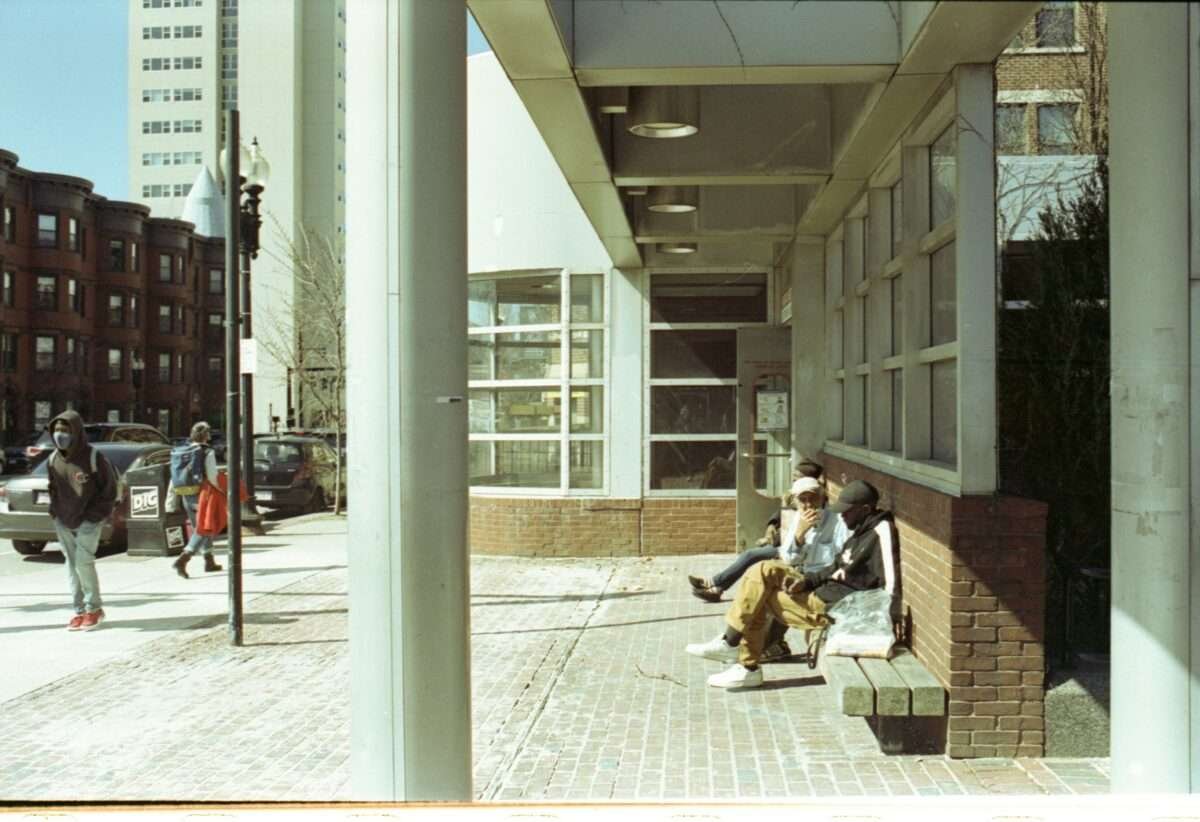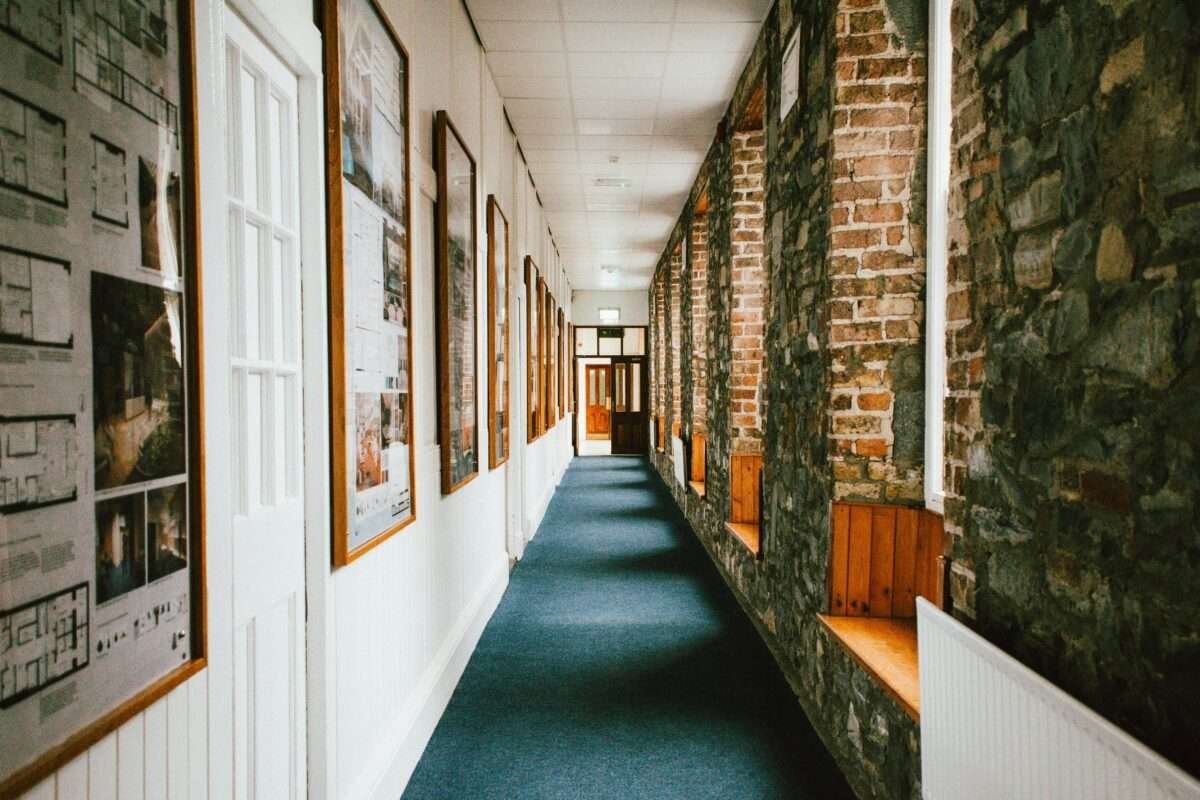In the noble pursuit of their missions, nonprofit organizations serve as the heartbeat of social transformation. Yet, as we look beyond the immediate needs and toward building sustainable, resilient communities, it becomes evident that the structures housing these vital services also need to be empowered to serve and endure. This is where mission-minded architecture for nonprofits come into play, aligning visions with tangible, purpose-driven spaces that echo the essence of the organizations they house.

What Architectural Services Can Do for Nonprofits
Nonprofits are often associated with profound humanitarian work, but the physical environment where nonprofits operate is the silent partner to their success. Architectural services tailored to meet the unique needs of nonprofit organizations carry the potential to enhance every aspect of their operations. They can create not just buildings, but avenues for engagement, symbols of hope, and spaces that facilitate the very function of the nonprofit.
One of the key features of mission-minded architecture is its ability to encapsulate the essence and identity of a nonprofit within the design, serving as an extension of its goals in the community. By translating abstract mission statements into physical spaces, architects play a pivotal role in deepening the nonprofit’s connection with its stakeholders and in shaping the way the community perceives and engages with it. This, in turn, can foster a sense of pride and ownership among the nonprofit’s members and supporters, strengthening its impact and reach.
The impact of architectural services on nonprofit organizations stretches far beyond the aesthetic appeal or functionality of a building. Professionally designed spaces not only augment the efficiency and effectiveness of the services offered but also contribute significantly to the organization’s sustainability and growth.
Good design facilitates smoother operations, enhancing employee and volunteer morale, and potentially attracting more volunteers and donations through increased visibility and presence in the community.
Furthermore, environmentally sustainable designs can lower operational costs, allowing nonprofits to allocate more resources toward their mission. In essence, thoughtful architecture can transform an ordinary space into a beacon of community service, amplifying the organization’s purpose and reach. This synergy between design and service not only enriches the community’s fabric but also sets a precedent for future nonprofit endeavors to aspire toward whole-person, impactful community engagement.
Reimagining the Potential of Existing Spaces
The path to community transformation isn’t always paved with groundbreaking projects. Often, it’s about the precious resource of space, already existing within the fabric of a city or neighborhood. Mission-minded architecture has a profound role in rejuvenating these spaces, in repurposing and redesigning with an eye for innovation and utility.
Nonprofit organizations can often find themselves with outdated or inadequate facilities that don’t effectively support their programs. An experienced design team can leverage their skills to transform these spaces, making them both welcoming and practical. By breathing new life into old buildings, architects can help nonprofits save on costs, reduce the environmental impact of new constructions, and give back to the communities they serve. This approach not only contributes to the organization’s sustainability but also emphasizes the importance of responsible and efficient use of resources.
Maximizing Resources and Optimizing Project Outcomes
Architectural services for nonprofits are about more than just construction documents and building codes. It’s a partnership that involves strategic planning, community input, and a focus on the sustainable use of resources. Designing with long-term maintenance and energy efficiency in mind isn’t just a buzzword; it’s a commitment to the continuity of the nonprofit’s impact.
The financial strain often associated with new constructions can be mitigated by clever design solutions and a transparent project management approach.
By focusing resources where they are needed most—whether that’s in the durability of a building or a high-impact architectural feature—an architect’s role extends to that of a strategic partner, ensuring that every dollar spent is a dollar invested wisely.
The necessity of an expert architect in the context of nonprofit projects cannot be overstated. Harnessing the knowledge of an experienced architect goes beyond the realms of aesthetics and functionality; it moves into the strategic allocation and maximization of resources. An expert architect brings to the table not only creativity and design expertise but also a deep understanding of how to optimize project outcomes within the confines of budgetary and resource limitations.
Their foresight in planning and resourcefulness can provide cost-effective solutions and innovative materials that decrease expenses without compromising quality. Furthermore, architects adept in sustainability can significantly reduce long-term operational costs, ensuring that the nonprofit can channel more funds toward its core mission. Indeed, the role of an architect in a nonprofit’s building project is not just as a designer but as a strategic partner, instrumental in ensuring the project’s success by making the most out of every resource available.
Create Future-Proof Structures and Sustainability in Design
The mantra of “build it once, build it right” resonates deeply within the nonprofit sector. In mission-minded architecture, this translates to crafting spaces that are not only efficient for their immediate use but are designed to adapt and evolve over time.
Future-proofing a nonprofit’s facility means considering how changes within the organization or in the larger community can be accommodated without the need for a significant overhaul. Sustainable and flexible design solutions that allow for expanding programs, changing technologies, and unpredictable funding scenarios reflect the adaptability that is embodied in the nonprofit spirit itself. Ultimately, this approach ensures that the organization’s impact is sustained for generations to come.
Future-oriented nonprofits understand the significance of anticipating and preparing for the needs of tomorrow. Just as their programs and initiatives are designed to address both current and emerging challenges, so too must the buildings that harbor these efforts.
A future-oriented building is more than just a space; it’s a strategic asset that can amplify a nonprofit’s mission, adapt to the changing landscape of service delivery, and stand as a testament to the organization’s commitment to resilience and innovation.
By incorporating flexible design elements, these buildings can easily adjust to new technologies, accommodate expanding services, or reconfigure layouts in response to shifting demands. Smart, sustainable materials and technologies ensure that the structure not only serves immediate needs but does so in an environmentally and financially sustainable manner. Lastly, these buildings embody the forward-thinking vision of the nonprofits they serve, signaling to the community and potential donors alike that the organization is built to last and ready to face the future with confidence.

Utilizing the Latest Technologies to Enhance Aesthetics and Functionality
Gone are the days when aesthetics and functionality were seen as mutually exclusive. Modern architectural services for nonprofits integrate the latest technologies to create spaces that are not only beautiful but also intelligent. From smart building systems that help in energy monitoring and security to 3D printing for bespoke features, technology is rapidly becoming the best ally of visionary design.
When nonprofits engage with architects who are at the forefront of innovative design, they open the door to a world of possibilities. The use of sustainable materials, advances in lighting and acoustics, and the incorporation of virtual reality for community engagement are all ways that architects can enhance the appeal and operability of a nonprofit’s space.
Making a Positive Difference in Communities - The Benefits of Architectural Services for Nonprofits
By now, it should be evident that the impact of mission-minded architecture on nonprofits goes far beyond the physical. Functional and beautiful spaces for nonprofits are not just beneficial; they’re necessary for achieving their goals. The collective expertise of architects, designers, and developers can produce environments that foster collaboration, innovation, and a sense of belonging within the communities they serve.
Ultimately, this collaborative process between architects and nonprofits yields spaces that resonate with a sense of purpose, spaces that are not only conduits for change but embody the very change they seek to create. In this approach, each pillar stands strong, each program has room to grow, and the very foundations of our communities are fortified, ready to carry the weight of tomorrow’s aspirations.
Simply, the relationship between architectural services and nonprofit organizations is a dynamic partnership that can significantly alter the trajectory of community development and social impact. By combining visionary architectural design with the mission-driven purpose of nonprofits, we can create spaces that not only meet immediate needs but also inspire and facilitate future growth and impact. It’s clear that when mission-minded architecture is employed, the potential for meaningful and lasting change in our communities is boundless.
If your nonprofit is ready to transform your community through innovative and sustainable design, we invite you to reach out to Keiser Design Group. Our team is committed to working alongside you to craft a building that not only serves your current needs but also paves the way for your future visions.
Contact Keiser Design Group today, and together, let’s equip your organization with mission-minded architecture to transform your community.


